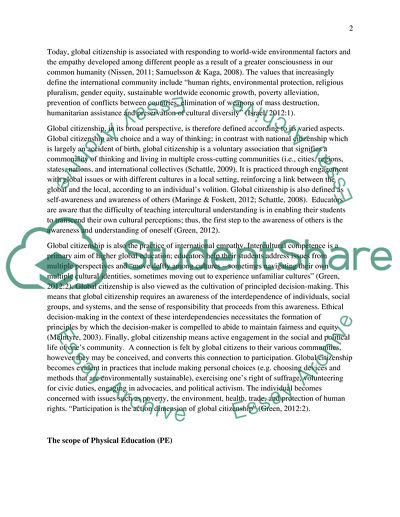Cite this document
(Physical Education as a Channel for Global Citizenship Coursework, n.d.)
Physical Education as a Channel for Global Citizenship Coursework. Retrieved from https://studentshare.org/education/1871572-critically-appraise-how-global-citizenship-can-be-delivered-through-physical-education-provide-examples-of-practical-activities-to-illustrate-your-answer
Physical Education as a Channel for Global Citizenship Coursework. Retrieved from https://studentshare.org/education/1871572-critically-appraise-how-global-citizenship-can-be-delivered-through-physical-education-provide-examples-of-practical-activities-to-illustrate-your-answer
(Physical Education As a Channel for Global Citizenship Coursework)
Physical Education As a Channel for Global Citizenship Coursework. https://studentshare.org/education/1871572-critically-appraise-how-global-citizenship-can-be-delivered-through-physical-education-provide-examples-of-practical-activities-to-illustrate-your-answer.
Physical Education As a Channel for Global Citizenship Coursework. https://studentshare.org/education/1871572-critically-appraise-how-global-citizenship-can-be-delivered-through-physical-education-provide-examples-of-practical-activities-to-illustrate-your-answer.
“Physical Education As a Channel for Global Citizenship Coursework”, n.d. https://studentshare.org/education/1871572-critically-appraise-how-global-citizenship-can-be-delivered-through-physical-education-provide-examples-of-practical-activities-to-illustrate-your-answer.


